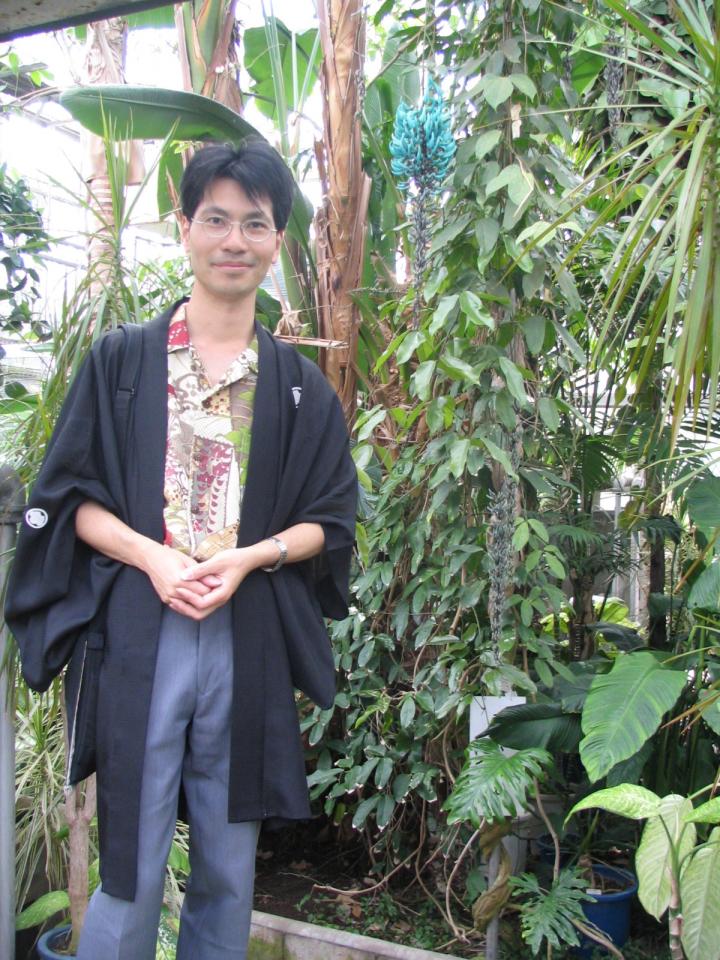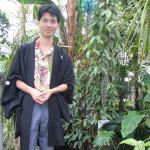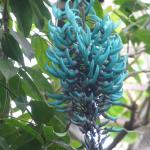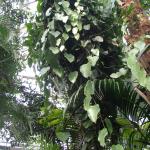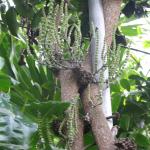Koishikawa Botanical Gardens
Every time I went to Tokyo, no matter what season, I got tired and exhausted by the daily commuting on subway, standing in line for paying or waiting for the food to come at a busy café.
To get away from this routine, I usually will go to a green spot such as a botanical garden or park. Ueno Park is an obvious option. But there, the crowd seems to be a bit thick too; there are more than half a dozen of world class museums and to be entertained, one is spoiled for choice.
On the other hand, Koishikawa Botanical Gardens in the heart of Tokyo is amazingly quiet and it served as a green lung for the busy city of Tokyo.
Koishikawa Goyakuen is the oldest botanical garden in Japan, established in 1684 by the Tokugawa Shogunate. The main collections contain plants from East Asia (mainly Japan, Korea, Taiwan, and China) and many species collected from various other regions of the world. As a research institute, Koishikawa has a systematic garden, medicinal herb garden, fern garden, Japanese garden and also an undulating topography for alpine plants and numerous bodies of water for native irises and waterlilies.
In 2004, I had the rare opportunity to meet the then curator of Koishikawa Botanical Gardens, Dr. Jin Murata. My friend Yasushi Yamashita guided me through the research glasshouses as well as the main public glasshouse. The main glasshouse was established to house tropical and subtropical rare plants collected since 1900. It went through fire and war damages and continued to have regular repairs. The frontal palm house has an area of 500 sq m and a very high glass roof enables mature specimens of the palm family to grow without limitation. Tree species are all grown in pots to be brought out in the summer. In the centre of the main glasshouse, there is the huge traveller’s palm, Ravenala madagascariensis, and around it planted four major climbers, namely: Aristolochia papillifolia, Gnetum parvifolium, Mucuna nigricans and Strongylodon macrobotrys. Aristolochia papillifolia was originally collected by Dr. Murata in Borneo and it is the only plant of this species cultivated in Japan. Strongylodon macrobotrys flowers extremely well every spring. Its jade colour flowers hang down at eye level to be admired by the public who can only visit the glasshouse every Tuesday and Wednesday between 1 to 3 PM.
In the research greenhouses, there one can see Aristolochia ordoratissima, and a rare collection from the Araceae family such as Arisaema murayii, Amorphophallus titanum, A. gigas, A. kiusianus etc. The best time to visit Koishikawa Botanical Gardens is early April when the Cherry Blossom is flowering outdoor and Strongylodon is spectacular under glass.
Botanical Gardens, Graduate School of Science
The University of Tokyo
"Koishikawa Botanical Gardens"
3-7-1 Hakusan, Bunkyo-ku,Tokyo, 112-0001 JAPAN
tel: [81]-3-3814-2625, fax: [81]-3-3814-0139
?OPEN?from 9 a.m. to 4:30 p.m., every day except Mondays*.
*open if Monday is a national holiday and then closed the following weekday.
GREEN HOUSE is open from 1 pm to 3 pm on Tuesday and Wednesday
?Entrance Fee?330 Yen [adults]; 110 Yen [children]
?CLOSED? December 29-31 and January 1-3
 ThingsAsian
ThingsAsian